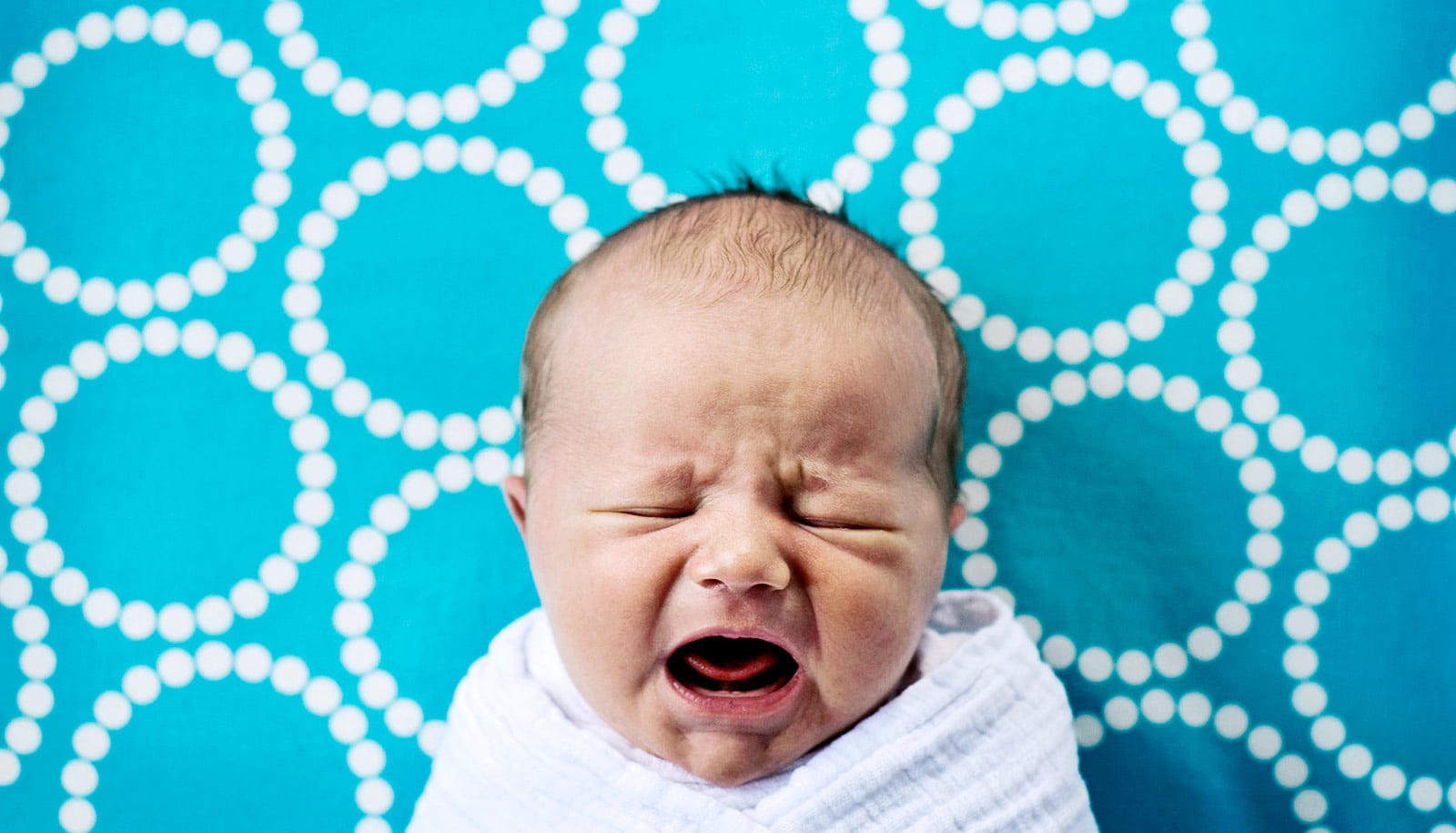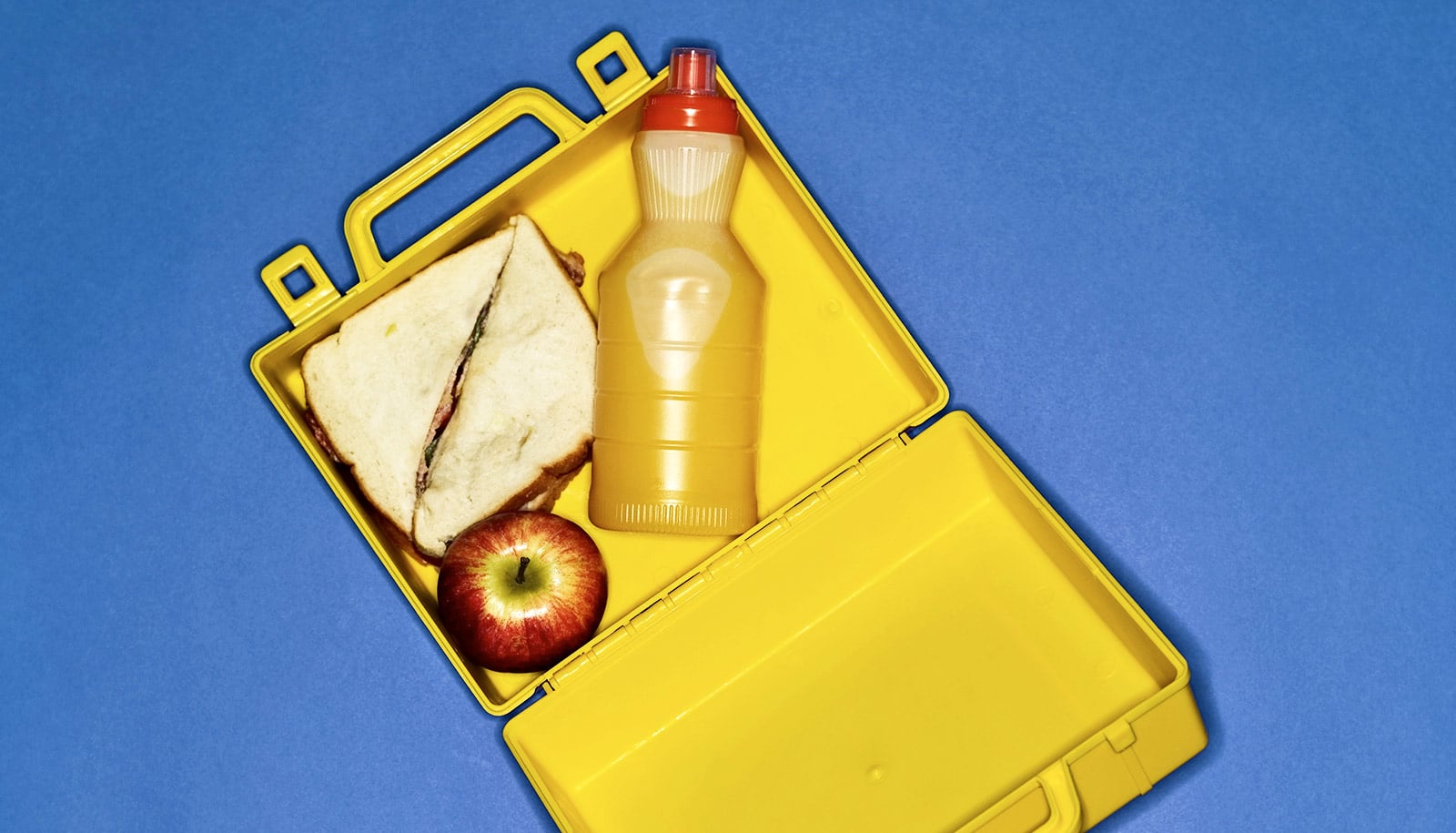Research shows that when children perceive mild reactions to immunotherapy for peanut allergies as useful, they are less anxious about symptoms and also less likely to skip doses.
Almost 6 million American children and adolescents have food allergies. Oral immunotherapy is an emerging treatment where patients gradually consume tiny doses of the allergen until they build tolerance to it.
During treatment, patients can experience mild but fleeting side effects, like an itchy mouth or congestion. These reactions are evidence that the treatment is working, but for some patients, it can cause anxiety because of its association with a larger, more severe allergic reaction.
A positive mindset that helps children understand that side effects indicate the treatments are working can reduce anxiety. That positive mindset means those children are also less likely to experience side effects at the end of their treatment when real peanuts are introduced—which for some patients can induce anxiety all over again.
“We know from decades of clinical trials that oral immunotherapy is likely effective in protecting from accidental exposure to food allergens,” says Kari Nadeau, lead physician and coauthor of the study in the Journal of Allergy and Clinical Immunology: In Practice.
“But I’ve seen firsthand how challenging this treatment can be for patients and their families to complete. Experiencing symptoms during treatment can be a source of anxiety that can lead patients to end treatment early, so we were particularly eager to find a mindset that could help patients come to understand symptoms in a more adaptive way.”
Healing signals
The study builds on ongoing research at the Stanford Mind & Body Lab about how mindsets—thoughts, beliefs and expectations—can influence behavior and health outcomes.
Sometimes uncomfortable symptoms indicate healing, says lead author Lauren Howe, a postdoctoral research fellow in psychology at Stanford. For example, a fever means that a body is fighting an infection. An inflamed itchy cut is a sign the wound is healing.
“In these cases as well as others, you could think of symptoms not just as unfortunate side effects, but as signals of healing: what we called a ‘symptoms as positive signals’ mindset,” Howe says. “But we thought that people might often miss this mindset about symptoms, only seeing the negative aspects of symptoms. So we thought an intervention that made this mindset salient could have a lot of potential.”
To test the theory, researchers recruited 50 patients age 7 to 17 at the Sean N. Parker Center for Allergy & Asthma Research at Stanford. Researchers randomly split families into two groups: a “symptoms as side effects” mindset and a “symptoms as positive signals” mindset. Both groups received identical treatment instructions and training for medication use (e.g., antihistamines) for non-life-threatening symptoms, as well as access to the same resources.
However, researchers encouraged families assigned to the “symptoms as positive signals” to think of mild non-life-threatening side effects (e.g., itchy throat, congestion) as signs that their child was building tolerance to the allergen.
Parents benefit, too
Direct communication between providers and families, written information, and also activities—for example, children wrote letters to their “future selves” that included a reminder that these symptoms signaled treatment worked—reinforced the mindset. The “symptoms as side effects” group didn’t receive this framing during their treatment.
Patients told that mild symptoms were positive were less anxious when they experienced these reactions during treatment compared with those in the “symptoms as side effects” group. During the first month of treatment, 21.4 percent of patients who had symptoms reported feeling either kind of worried or extremely worried, compared with 45.5 percent of patients in the side effects group.
The same was true for parents: At the end of treatment, 40 percent of parents in the “symptoms as side effects” group reported still feeling kind of worried or extremely worried when their child had symptoms during treatment, compared with 23.1 percent in the “symptoms as positive signals” group. Families in the “symptoms as positive signals” group were also less likely to skip or reduce doses because of symptom-related anxiety: 4 percent missed a dose compared with 21 percent.
There were also physiological benefits to focusing on a positive mindset. By the end of their six-month immunotherapy treatment when doses increased, children in the “symptoms as positive signals” group experienced fewer non-life-threatening symptoms: 1.2 percent versus 3.5 percent. This finding is notable because symptom occurrence can prevent or delay patients from completing treatment, the researchers say.
“We have shown that a simple change in the way we frame and discuss side effects of a treatment can have a meaningful impact not only on anxiety and adherence but also on the physiological benefits of that treatment,” says senior author Alia Crum, the principal investigator at the Mind & Body Lab and an assistant professor of psychology.
Vaccines and chemo
The findings are promising for helping patients cope with symptoms from other medical procedures where uncomfortable side effects indicate treatment effectiveness, such as flu vaccines or possibly chemotherapy, researchers say.
“My hope is that this study sparks a wave of similar experiments designing and testing psychologically informed changes in the manner in which medical treatments are delivered,” Crum says.
Meanwhile, the researchers hope that medical providers can put this mindset intervention into practice.
“We hope that this intervention can be successfully adapted into clinical practice to help [oral immunotherapy] practitioners reduce anxiety among their patients and to make this very promising treatment even more effective and stress-free for patients and their families,” Howe says. “In the long term, we think that these findings have promise for improving other challenging courses of treatment.”
The National Institutes of Health, the Foundation for the Science of the Therapeutic Encounter, the Naddisy Foundation, the FARE Center of Excellence, National Institute of Allergy and Infectious Diseases and the Sean N. Parker Foundation for Allergy & Asthma Research funded the work.
Source: Stanford University



